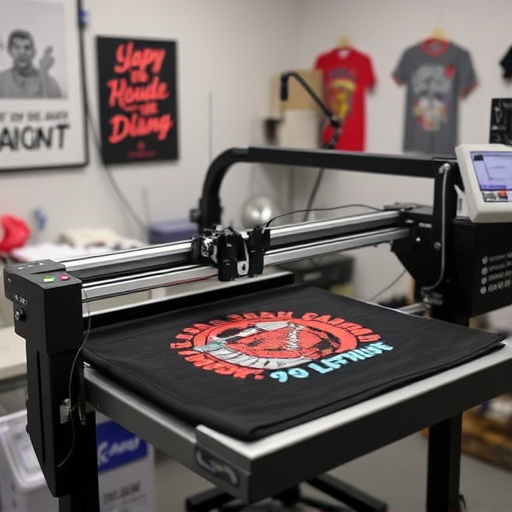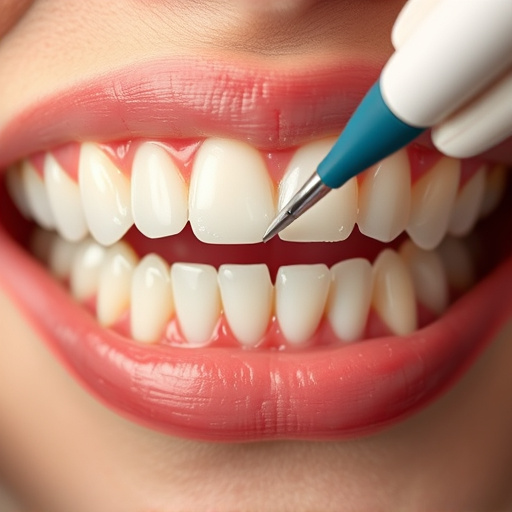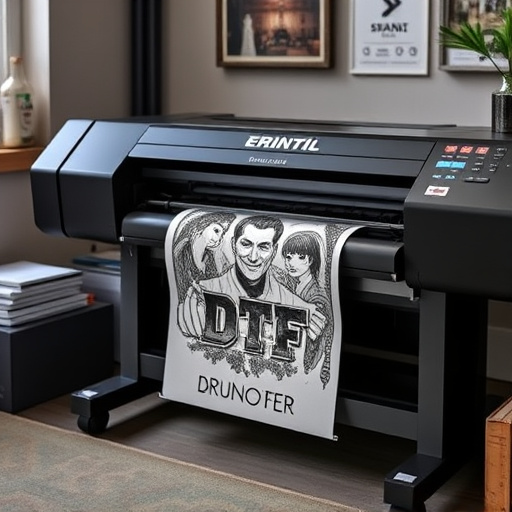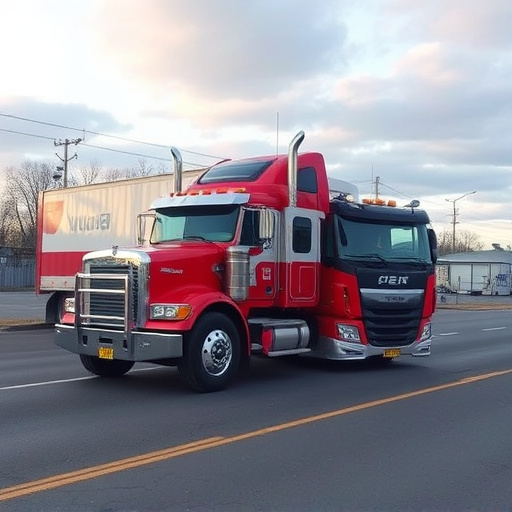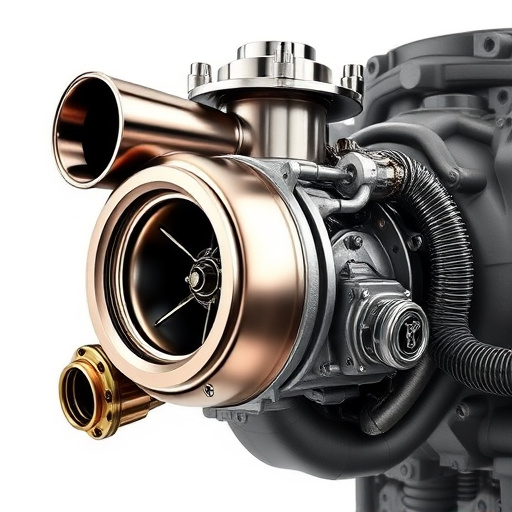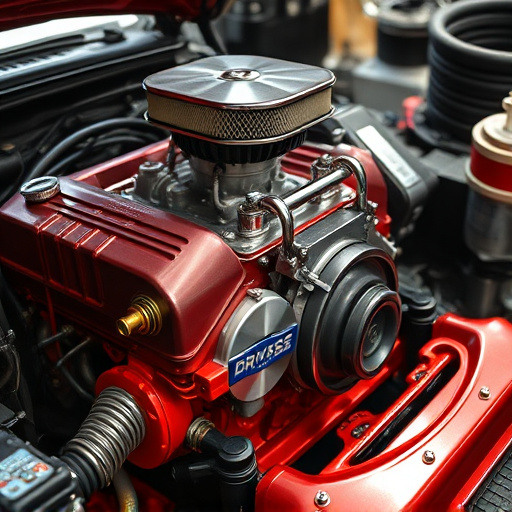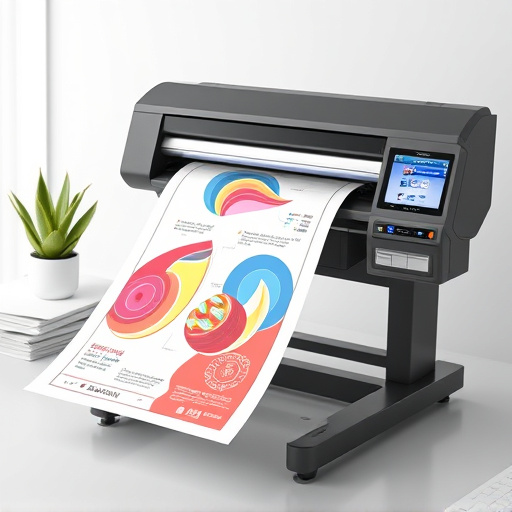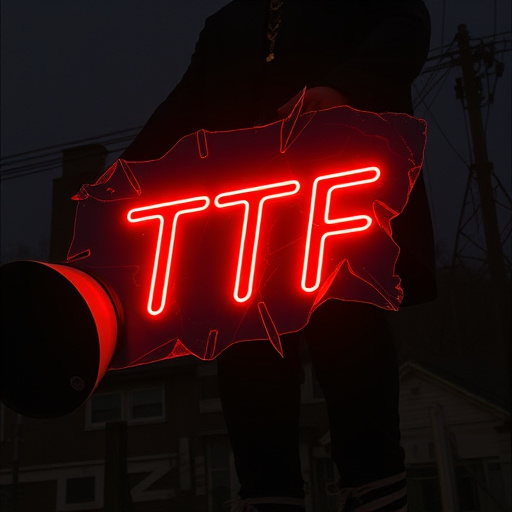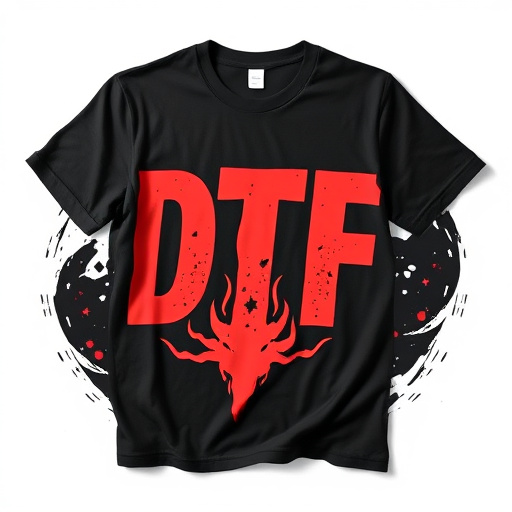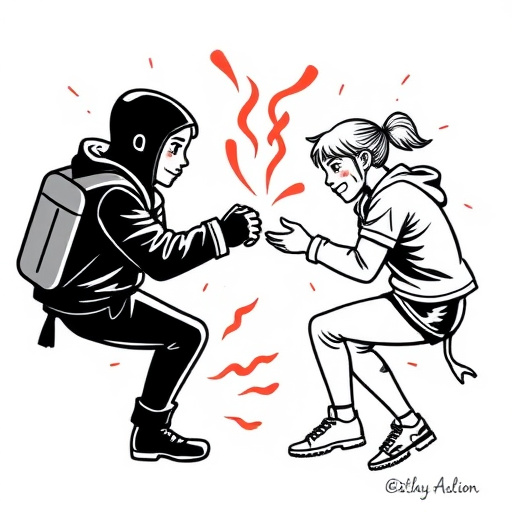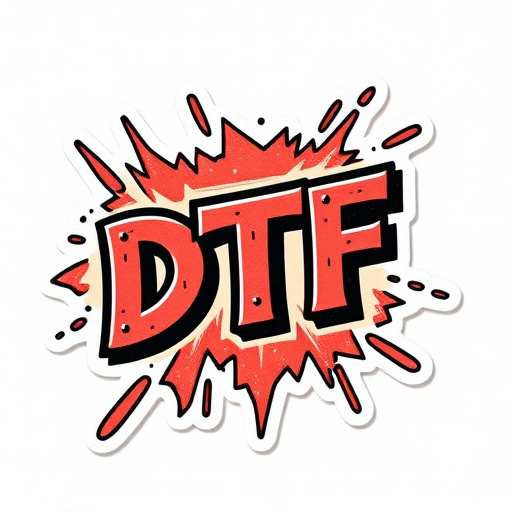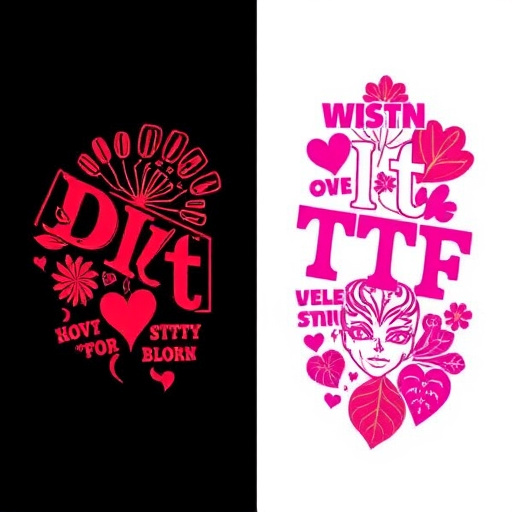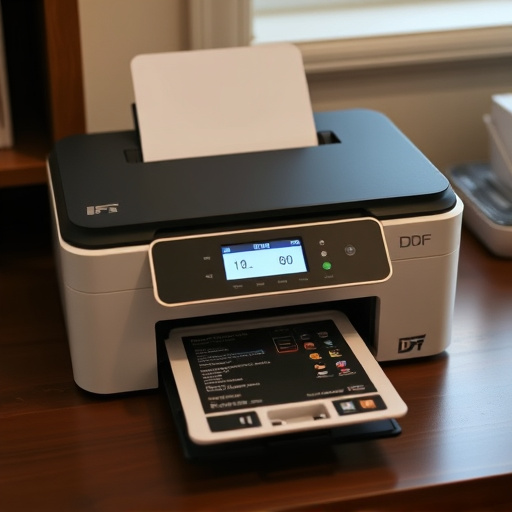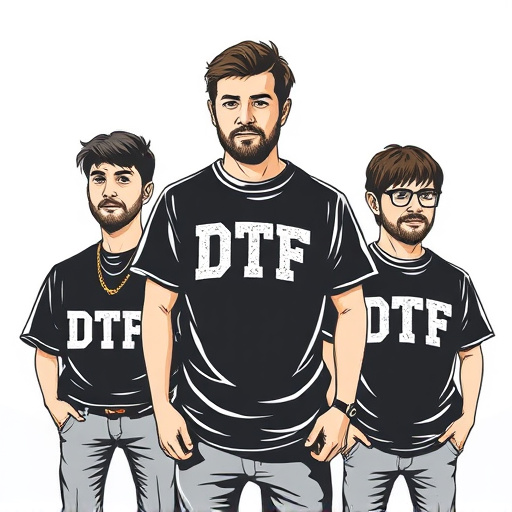Direct to Fabric (DTF) and Direct to Garment (DTG) printing offer distinct advantages in textile customization. DTF inks excel in vibrant colors and detailed designs for small-batch production, while DTG printing enables even full-color prints on any fabric without transfer sheets, suitable for larger orders. DTG has color accuracy issues, but DTF inks are versatile with diverse fabric types and long-lasting custom tees. Choosing between them depends on project needs: DTF for economies of scale and DTG for intricate designs with fine details, potentially more cost-effective for smaller print runs.
“In the realm of print-on-demand services, DTF (Direct to Fabric) inks and DTG (Direct to Garment) printing have emerged as game-changers. Both offer vibrant, durable designs on various fabrics, but which is the superior choice? This article delves into the intricacies of these printing methods, weighing their pros and cons. We’ll explore how understanding DTF inks’ unique properties and DTG’s versatility can guide your decision based on project needs. Uncover the optimal solution for your custom apparel endeavors by considering these key factors.”
- Understanding DTF Inks and DTG Printing
- Pros and Cons of Each Printing Method
- Choosing Between DTF Inks and DTG Based on Project Needs
Understanding DTF Inks and DTG Printing
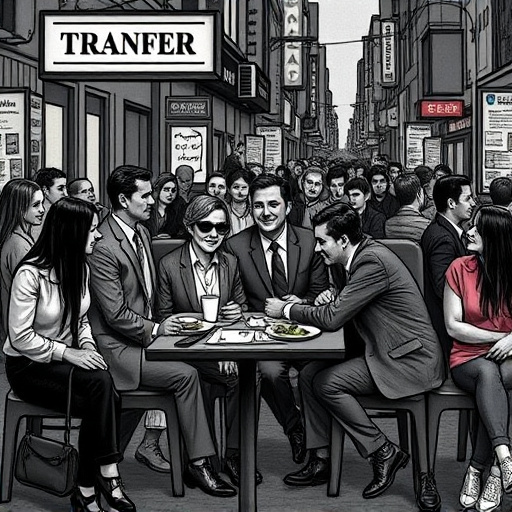
DTF inks (Direct to Fabric) and DTG (Direct to Garment) printing are two distinct techniques in the world of textile customization. DTF inks offer a direct application method, where ink is transferred directly onto fabric using specialized printers and transfer sheets. This process ensures vibrant colors and detailed designs on various fabrics, making it ideal for small-batch production and custom clothing. The use of DTF inks allows for a wide range of printing possibilities, from simple text to intricate graphics.
On the other hand, DTG printing involves spraying ink onto the garment itself, creating a more even and fluid design. This technique is particularly popular for full-color prints on dark or light fabrics alike. Unlike DTF, DTG printing doesn’t require transfer sheets, simplifying the process and reducing setup time. However, it may have limitations in terms of color accuracy and is better suited for larger orders due to its higher equipment costs and ink consumption compared to DTF printers and transfer sheets.
Pros and Cons of Each Printing Method
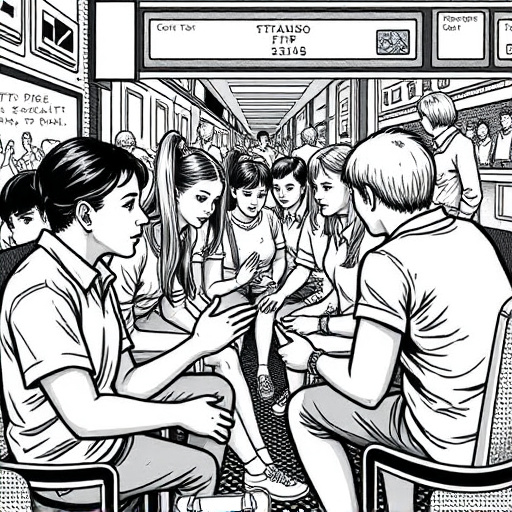
DTF Inks (Direct-To-Film) Printing Method:
Pros: DTF inks offer a versatile and efficient printing solution, especially for personalized hoodies and bulk shirt production. It’s an excellent choice when it comes to achieving high-quality, detailed designs with vibrant colors. The direct application of ink onto the film streamlines the printing process, reducing setup time. This method is known for its precision, ensuring crisp and accurate prints, making it ideal for intricate patterns or texturing effects on fabrics like hoodies. Additionally, DTF inks provide a cost-effective option for small to medium-sized batches, allowing businesses to offer personalized products without breaking the bank.
Cons: One of the primary drawbacks is its limited color palette; typically, DTF inks support only a range of basic colors, making it challenging to achieve specific color matches or subtle nuances. The method also demands careful handling and precise registration to avoid misprints, which can be more complex for intricate designs. Furthermore, while DTF printing is suitable for various fabrics, certain materials might require pre-treatment to ensure optimal ink adhesion, adding an extra step to the production process.
Choosing Between DTF Inks and DTG Based on Project Needs
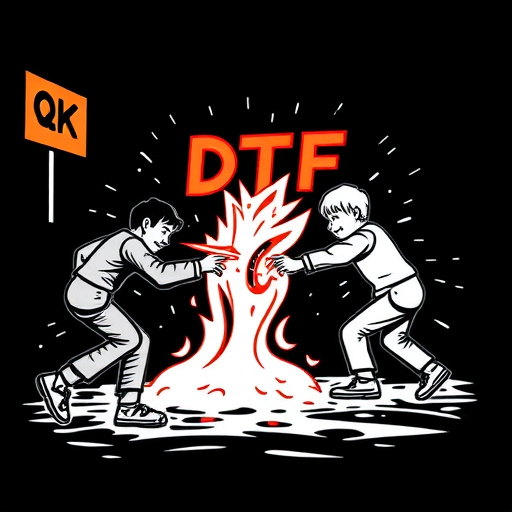
When deciding between DTF (Direct to Fabric) inks and DTG (Direct to Garment) printing for your project, understanding your specific needs is key. Both methods have their strengths and are suitable for different scenarios, especially when it comes to creating custom graphic tees. DTF ink is an excellent choice for those looking to print on a variety of fabrics, including cotton, polyesters, and blends. It offers vibrant colors and a smooth finish, making it ideal for high-quality, long-lasting dtf for Custom graphic tees. This option is particularly popular among businesses that cater to diverse client preferences and requirements.
On the other hand, DTG printing excels in producing intricate designs with fine details, making it perfect for unique, one-of-a-kind pieces. If your project involves complex artwork or specific color palettes, DTG might be the better choice. It directly applies ink to the garment’s surface, ensuring a soft, comfortable feel on the final product. However, DTG is more suitable for smaller print runs as it can be cost-prohibitive for large orders, whereas DTF often provides better economies of scale for dtf heat transfer paper.
When deciding between DTF inks and DTG printing, understanding the unique strengths and weaknesses of each method is key. DTF inks offer fast drying times and vibrant colors, making them ideal for small batch runs and specific design requirements. On the other hand, DTG printing excels in producing high-quality, detailed images on a variety of materials, though it may have longer processing times. The best approach depends on your project’s needs; whether you prioritize speed and simplicity or seek intricate detail and versatile material compatibility. Choosing the right printing method will ensure your final products meet expectations.
